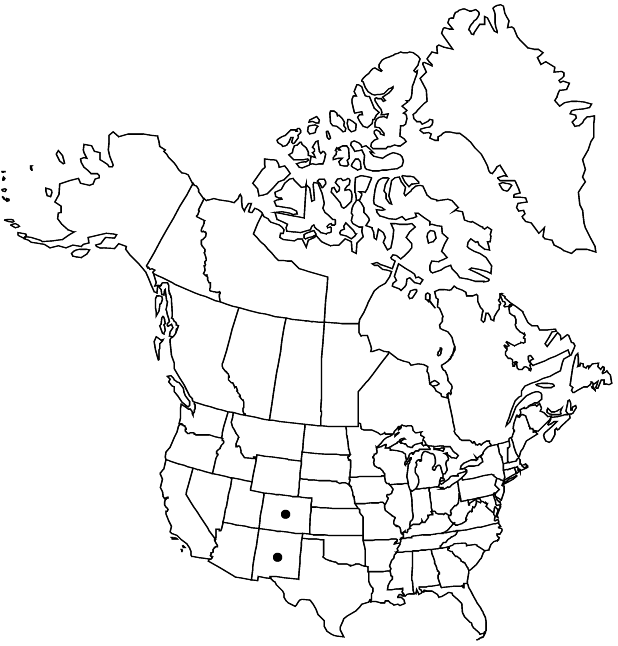Primula angustifolia
Ann. Lyceum Nat. Hist. New York 1: 34, plate 3, fig. 3. 1823 ,.
Plants 0.5–8 cm, herbaceous; rhizomes stout, short; rosettes often clumped; vegetative parts efarinose. Leaves not aromatic, indistinctly petiolate; petiole narrowly winged; blade without deep reticulate veins abaxially, linear-lanceolate to oblanceolate, 1–1.7 × 0.3–1 cm, thick, margins entire or remotely denticulate, apex spatulate, surfaces glabrous. Inflorescences 1–2-flowered; involucral-bracts plane, unequal. Pedicels arcuate, thin, 3–10 mm, length 2–4 times bracts, flexuous. Flowers heterostylous; calyx green, cylindric, 5–8 mm; corolla usually bright-rose-pink, sometimes white, tube 5–8 mm, length 0.8–1 times calyx, usually eglandular basally, sparsely glandular distally, limb (7–) 10–15 mm diam., lobes 5–7 mm, apex almost entire or emarginate. Capsules cylindric, length 1 times calyx. Seeds without flanged edges, reticulate. 2n = 44.
Phenology: Flowering summer.
Habitat: Alpine tundra or just below treeline, in moist, open, gravelly areas
Elevation: 2400-4400 m
Discussion
Primula angustifolia is a common component of the alpine flora in Colorado and is found occasionally in the mountains of northern New Mexico. A form with white corollas (var. helenae Pollard & Cockerell) occurs in populations with rose-pink corollas. Generally, P. angustifolia grows above treeline; some populations have been found in the upper subalpine zone among dwarf spruce or fir. Individuals in these protected areas tend to be more robust than those growing on exposed, windy sites on the tundra.
Selected References
None.
Lower Taxa
No values specified."timescalyx" is not declared as a valid unit of measurement for this property."-4timesbracts" is not declared as a valid unit of measurement for this property."-1timescalyx" is not declared as a valid unit of measurement for this property.
